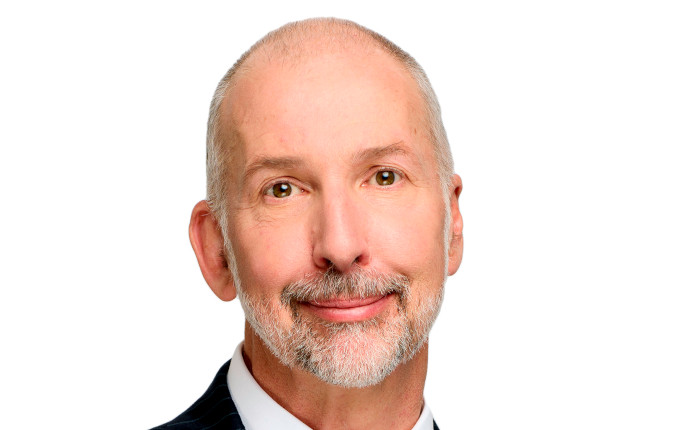Peter Curtis was appointed to AustralianSuper’s inaugural Chief Operating Officer role in April this year. We speak with Curtis about his additional responsibilities, the fund’s stellar growth and look back on his career of more than 16 years with AustralianSuper.
Register to Access this Exclusive [i3] Insights Article
Create a free account to access exclusive interviews with asset owners, revealing insights on investment strategies, market trends, and portfolio allocations.
If you already have an account you can Login .
If you have any issues registering an account please send us an email at [email protected].


